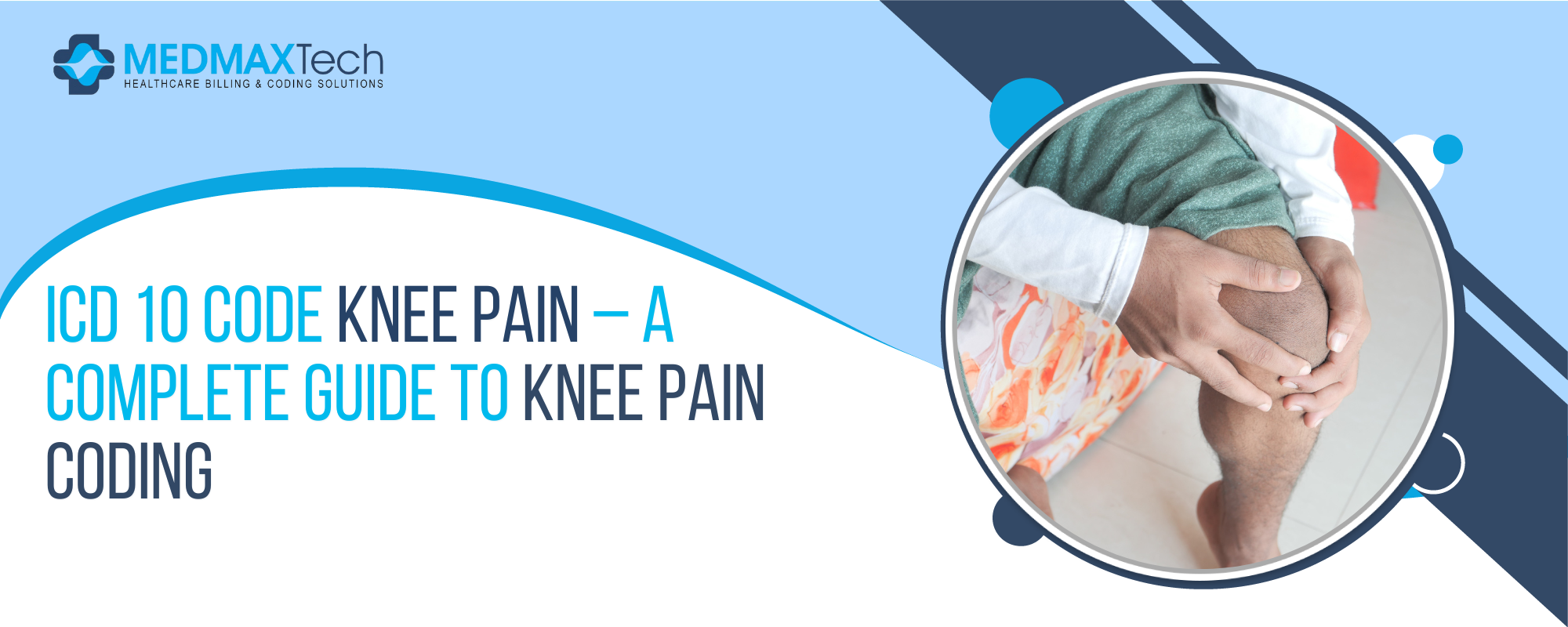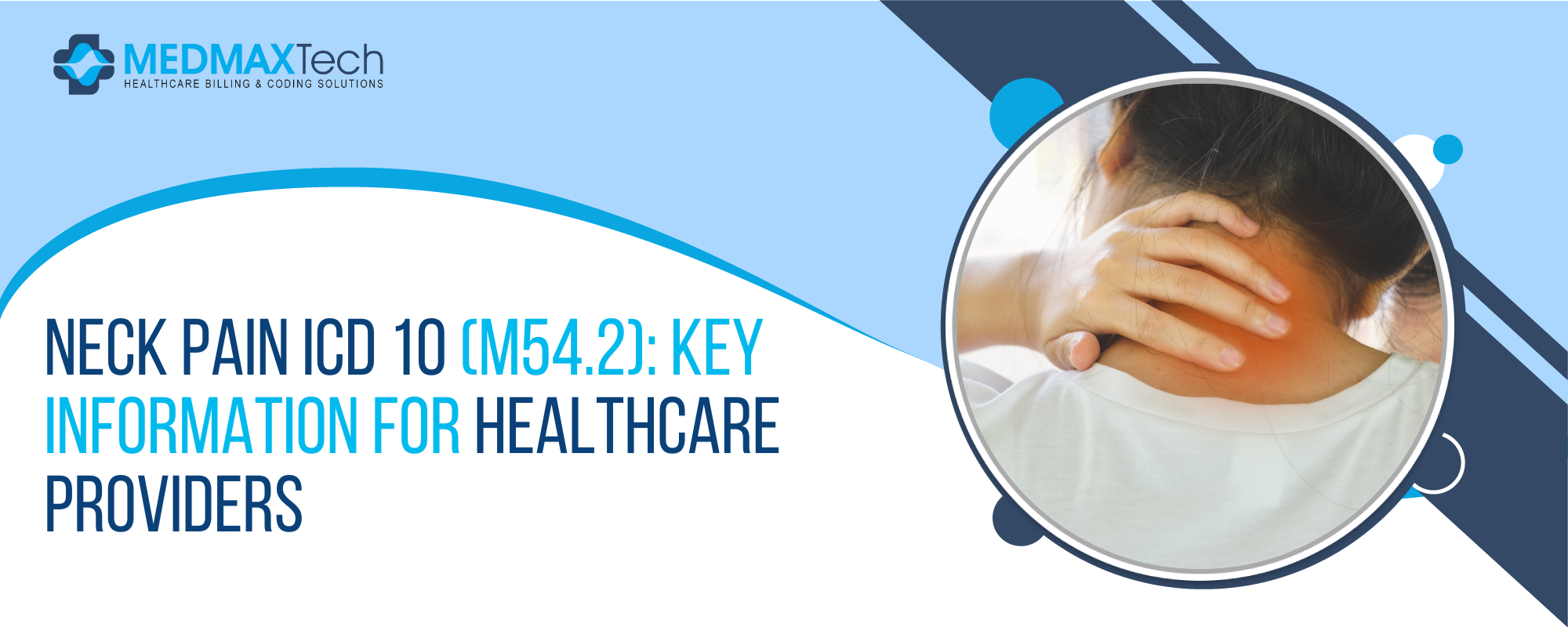While you focus on patient care, know that Medmax handles your complicated operational and analytical tasks. Our full range of services lets you take a sigh of relief!
Mon - Fri: 10:00AM - 10:00PM
Sat - Sun: Closed
Toll Free Number:
888-402-2631
Email:
sales@medmaxtechnologies.com












